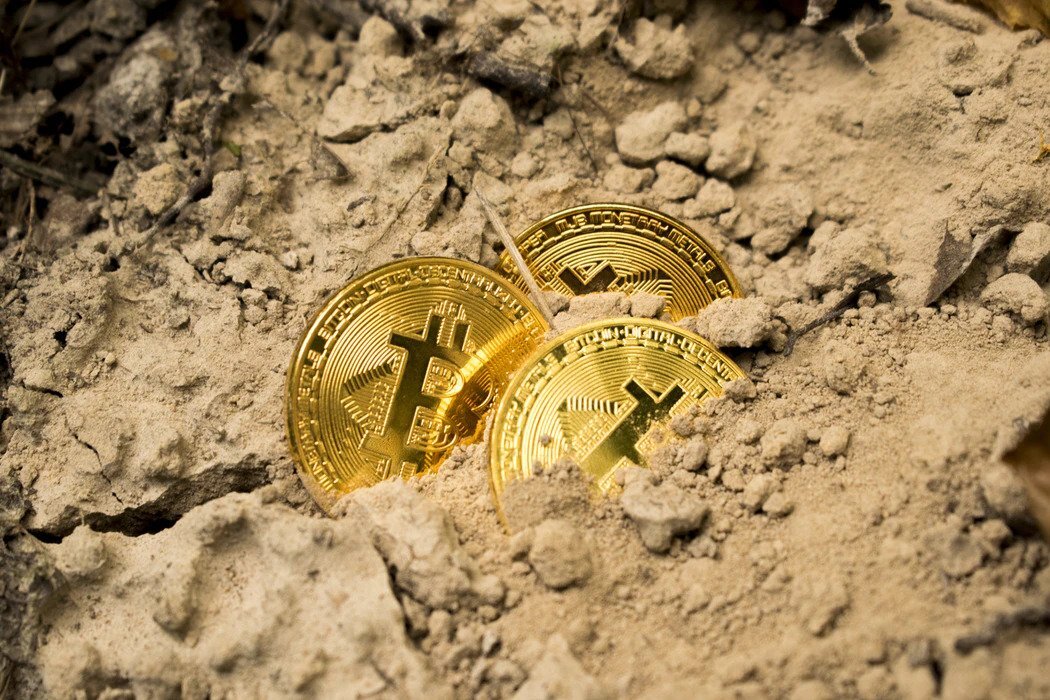
Bitcoin’s environmental footprint comes back into the spotlight
What’s happening? The electricity consumption of bitcoin mining is around 121.36 TWh annually – greater than Argentina’s – according to research from Cambridge University. The value of bitcoin has been hitting record highs, bolstered by news Elon Musk’s Tesla has invested in the cryptocurrency. These price rises have encouraged bitcoin miners to ramp up mining – driving increased energy consumption. (BBC News)
Why does this matter? Bitcoin’s recent surge has renewed discussions about its environmental impact. The process of verifying bitcoin transactions – dubbed “mining” – requires significant computational power and has previously been accredited with consuming 0.2% of the world’s electricity.
What exactly does bitcoin mining entail? Due to bitcoin’s decentralised nature, transactions need to be verified independently. “Miners” essentially audit groups of transactions in exchange for bitcoin – meaning the process also serves to put more of the cryptocurrency into circulation. In order to be rewarded, however, miners have to solve complex numerical problems before anyone else. This requires a huge amount of computational power – standard mining rigs need at least a 1,000 W power supply and can often function 24/7. A fuller explanation of the process can be found here.
Is bitcoin’s carbon footprint greater than other stores of value? A 2018 study showed bitcoin’s energy consumption is almost on par with that needed to physically mine for gold. The cryptocurrency, however, obviously doesn’t have any of the other environmental consequences associated with real-world mining activities. Producing enough gold for one ring, for example, can generate 20 tonnes of waste, while also potentially causing sulphuric acid and other deadly chemicals to leach into surrounding environments.
This is not to say bitcoin’s power requirements aren’t a concern. Additionally, the majority of bitcoin miners reside in China, a country still heavily reliant on fossil fuels for electricity production. In 2019, for example, coal made up 57.7% of China’s energy use. Miners gravitate towards areas with cheap electricity, so providing better access to cheaper renewable alternatives to power the process could be a priority.
Renewable alternatives – Renewable energy is already integrated to some extent into the mining process with around 76% of miners using it to help power hardware. Miners are also being encouraged to move to areas with lower temperatures – such as Iceland where geothermal resources are also abundant – to cool down equipment naturally.
Lateral thought – In addition to the environmental concerns created by Tesla’s investment in bitcoin, there may also, according to some commentators, be social risks. One of these revolves around consumer protection – Tesla’s move has ignited a great deal of interest from everyday investors who may not be suited to an asset class as volatile as the cryptocurrency.
Further reading:
How does bitcoin mining work? Investopedia
Bitcoin mining uses as much energy as mining for gold, according to new research, World Economic Forum
Can investors embrace both cryptocurrencies and ESG?, London School of Economics


